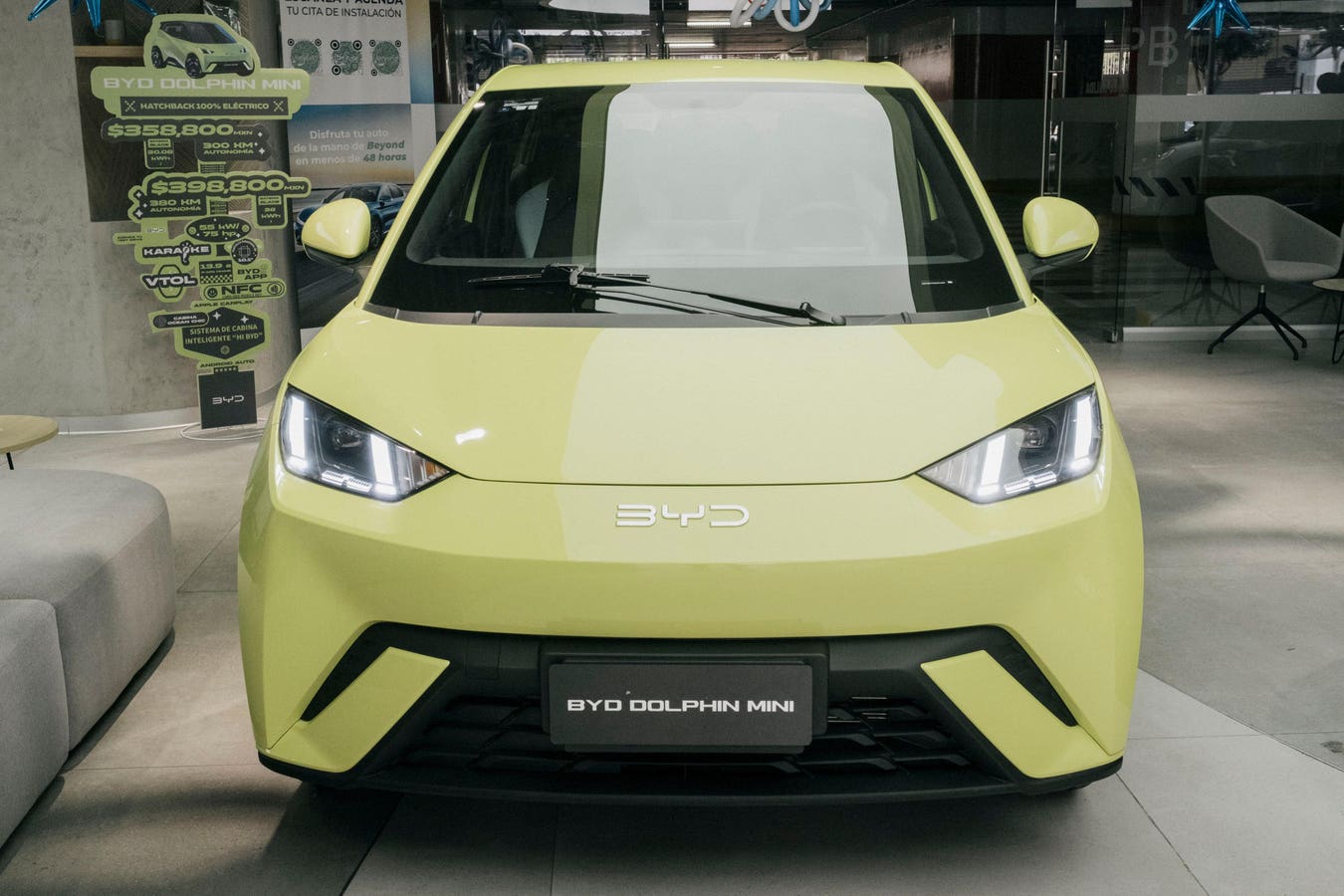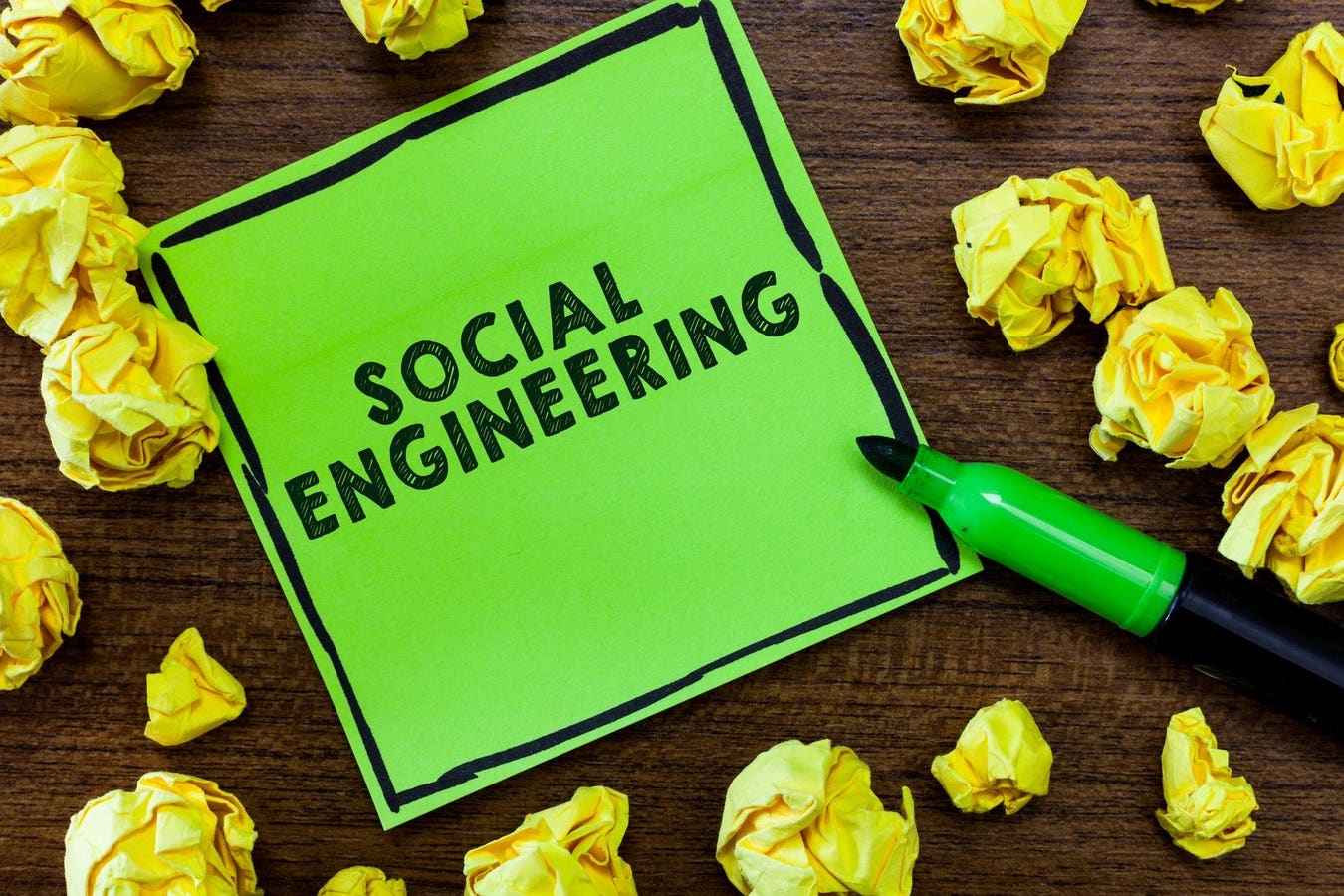BYD Dolphin Mini. Photographer: Jeoffrey Guillemard/Bloomberg
Lithium iron phosphate (LFP) and sodium-ion batteries will drive down costs and reduce reliance on Chinese supply chains in the U.S. and Europe, according to research from consultancy BMI.
But the promise of a solid-state breakthrough could dampen electric vehicle sales.
Cheaper batteries are especially important in Europe, where the European Union has decreed around 80% of new car sales shall be electric-only by 2030, and 100% by 2035. Less so in the U.S., after the Trump Administration rescinded attempts to force its citizens to buy electric vehicles.
The report said LFP batteries will help carmakers with their mass-market and mid-range sedans and SUVs.
“Domestic LFP battery manufacturing will help (manufacturers) outside of China reduce reliance on global supply chains, maintain lower EV prices and improve competitiveness as subsidies are reduced or removed,” the report from BMI, a Fitch Solutions company, said.
Sodium-ion batteries will gain traction in electric two and three-wheelers in Asia and Africa, driven by their lower cost.
“flash-charging battery system”
If the EV revolution is to succeed, not only are cheaper batteries required, but faster and more convenient charging networks too. Earlier this year BYD, now the world’s biggest maker of EVs, unveiled its “flash-charging battery system” that can allegedly deliver 250 miles of range in five minutes with peak charging power reaching one megawatt. That’s about half the time than gasoline or diesel refueling but a massive improvement on current capabilities, and close enough to claim effective equality.
According to a recent report from consultants Cap Gemini, manufacturers are exploring new business models as EV sales accelerate, including battery renting, battery subscriptions, and battery swapping.
But the holy grail for EVs is the advent of solid-state batteries, said to be around half the weight and half the price, with twice the power of current batteries and with much reduced fire risks. The trouble is, the industry has been told solid state batteries will be ready in 5 years time for about 10 years now. The consensus view is they won’t be ready for mass production until the early 2030s.
Meanwhile the promise of this huge improvement in battery performance could have a malign influence on today’s EV sales, as potential buyers delay, fearing being stranded with obsolete technology.
BMI has no such fears.
Key to improving EV adoption
“We believe that the increase in Lithium Iron Phosphate battery adoption will be key to improving electric vehicle adoption in global markets,” BMI said in the report.
“Affordability has been one of the biggest barriers to EV adoption in markets such as the U.S. and Germany where less than 30% of EVs are more affordable than their ICE equivalents, compared with 65% in Mainland China.”
Chinese multinational automobile manufacturer NIO’s battery-swapping station.
“In addition, the onshoring of LFP battery manufacturing will allow North American and European (manufacturers) to reduce their reliance on Chinese battery producers and avoid trade barriers placed on Mainland China”.
The report said LFP batteries are cheaper because they eschew nickel use. But they have lower energy content than lithium-ion batteries so cost less but sacrifice range. China is also using LFP batteries extensively now accounting for about 70% of EV output.
This has led to the introduction of inexpensive models like the BYD Seagull, which starts at $7,800 in China. A modified for Europe model – the BYD Dolphin Mini – is now on sale from around $21,000.
“Investment in LFP chemistry is picking up pace in North America and Europe. In the U.S. there are more than three LFP battery manufacturing plants that are either in the planning or construction phase. One of the largest of these projects is Ford’s 20 GWh BlueOval Park in Michigan, which is set to be operational from 2026.”
“In Europe, Chinese battery producer CATL and Stellantis have formed a joint venture which aims to build a €4.1 billion ($4.8 billion) LFP battery manufacturing plant in Spain; this is in addition to the two operational CATL battery plants in Germany and Hungary.”
Solid-state looms
BMI said the cost of lithium is falling, and it will be in oversupply between 2025 and 2031, keeping prices well below the 2022 peak.
Solid-state technology has been the silver bullet for EVs that never arrives for years. Less ambitious solutions are receiving big investments. But if news breaks that problems of producing solid state batteries at scale have been solved, these lithium-based batteries will quickly be forgotten.
BMI doesn’t expect much solid-state progress any time soon.
“It’s fair to say that we haven’t included solid-state as an imminent technology to revolutionize the industry because we haven’t seen as much activity on that front as we have LFP and SiBs,” BMI analyst Anna-Marie Baisden said, replying to questions.
“Companies continue to invest in these technologies because they see a viable use case for them right now in lowering costs rather than being deterred by the possibility of solid-state coming along and making them redundant because it could indeed be many more years before that happens,” Baisden said.









